
Recently, NXP launched the Cortex-M7 + M4 core MCU (i.MX RT1170), with a maximum frequency of 1GHz, breaking the traditional low frequency of MCUs.
Today, we will take a look at the MCU products from several well-known MCU manufacturers around the world.
Concepts:
MCU: Microcontroller Unit;
MPU: Microprocessor Unit;
DSC: Digital Signal Controller;
1. STMicroelectronics
Founded in 1987 through the merger of SGS Microelectronics from Italy and Thomson Semiconductors from France, STMicroelectronics (ST) Group was established.
In 1998, SGS-THOMSON Microelectronics changed its name to STMicroelectronics.
ST’s STM32 is quite famous in China; anyone who has developed with MCUs should know about STM32.
ST’s MCU website:
https://www.st.com/en/microcontrollers-microprocessors.html
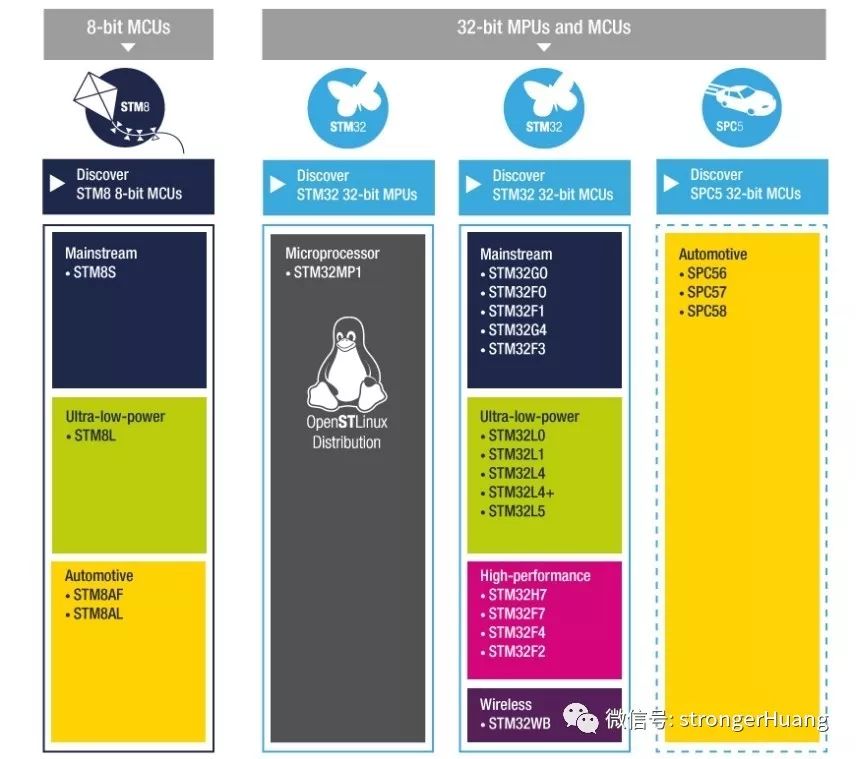
ST’s MCUs can be divided into 8-bit STM8, 32-bit STM32, and SPC5.
1. STM8
STM8 mainly targets the C51 market and is a low-performance 8-bit MCU. It is mainly divided into three categories:
STM8S: Mainstream MCU
STM8L: Ultra-low power MCU
STM8AF, STM8AL: Automotive-grade MCU
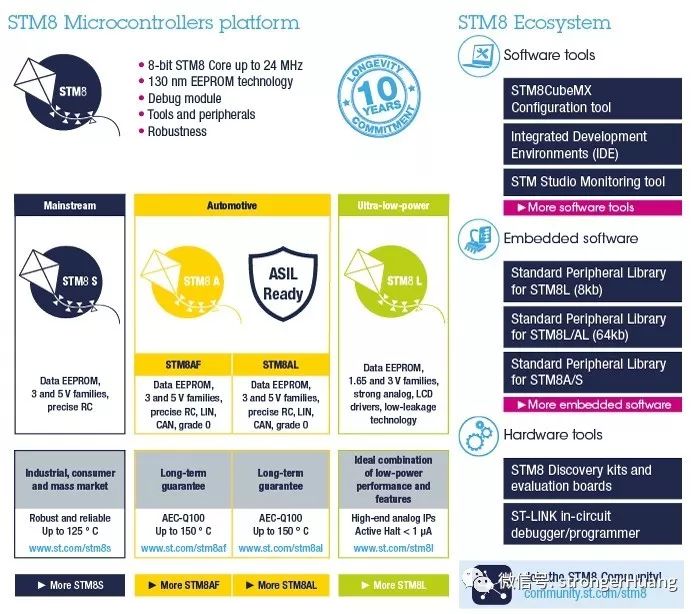
2. STM32 MCU
STM32 MCU includes four categories:
High-performance MCU: STM32F2, F4, F7, H7
Mainstream MCU: STM32F0, F1, F3, G0, G4
Low-power MCU: STM32L0, L1, L4, L5
Wireless MCU: STM32WB
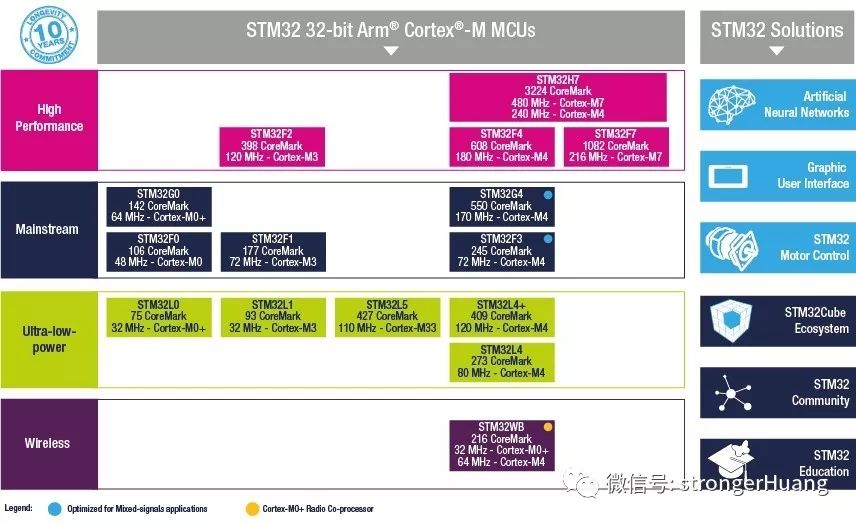
3. STM32 MPU Supports OpenSTLinux, currently only one MP1 series is available.
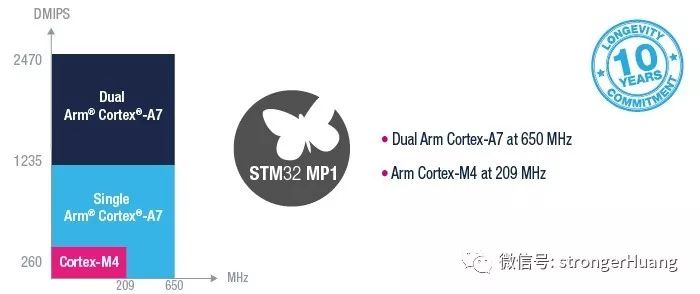
4. SPC5SPC5 is a 32-bit automotive-grade MCU, including two series:SPC5 G: General-purpose MCU;SPC5 P: High-performance MCU;
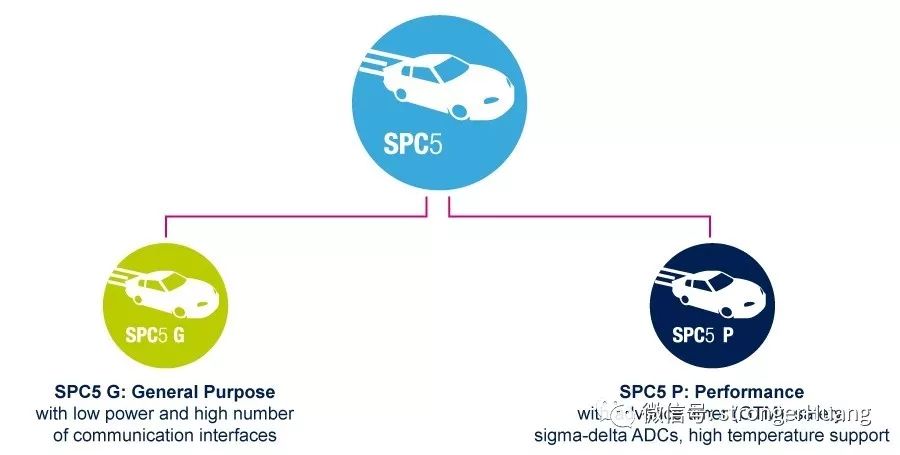
2. NXP Semiconductors
NXP Semiconductors was founded in 2006, previously established by Philips over 50 years ago. It is headquartered in the Netherlands.
Interlude:
In 2015, NXP acquired Freescale, and since then, you will find Freescale’s products categorized under NXP, with even the website redirected to NXP’s site.
Website:
www.nxp.com
www.freescale.com
NXP has a wide range of MCU products across 8-bit, 16-bit, and 32-bit platforms, featuring leading low power, analog, control, and communication IP capabilities.
Processor and microcontroller website:
https://www.nxp.com.cn/products/processors-and-microcontrollers:MICROCONTROLLERS-AND-PROCESSORS
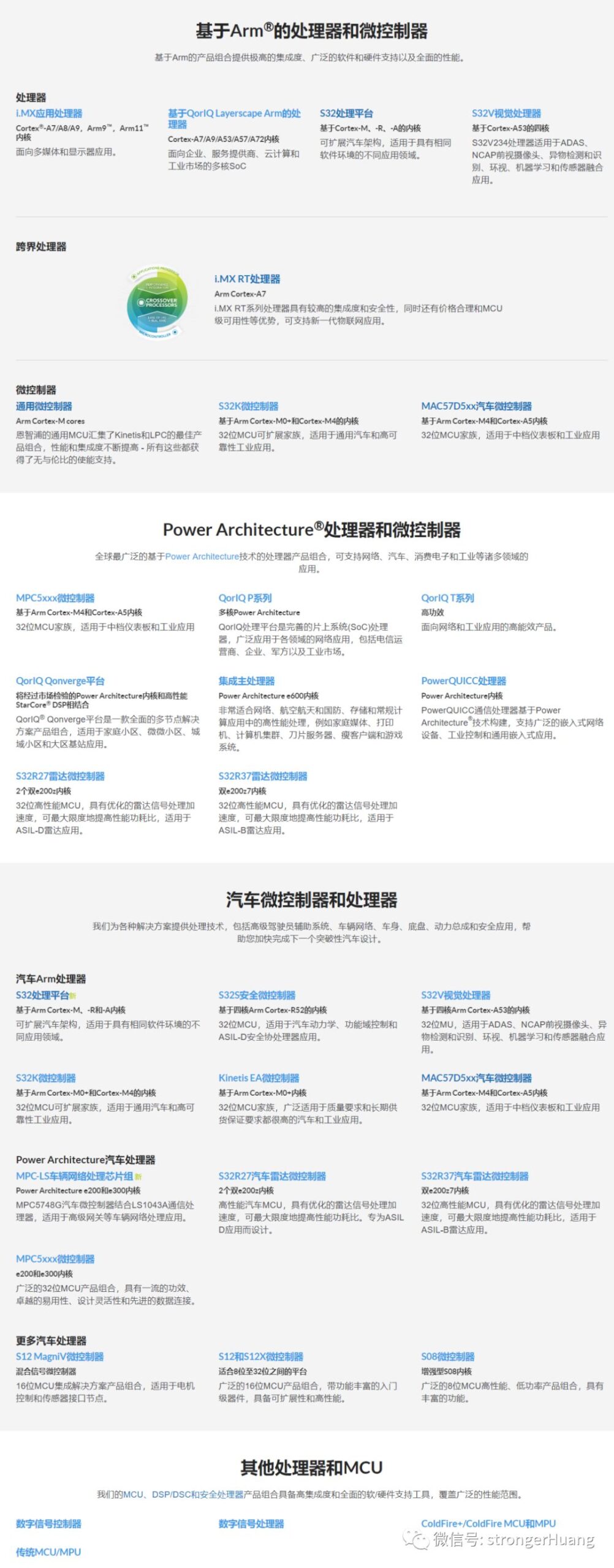
NXP’s processors can be divided into five categories:
-
Arm Processors
-
Arm Microcontrollers
-
Power Architecture
-
Other Processors and MCUs
-
Traditional MCUs/MPUs
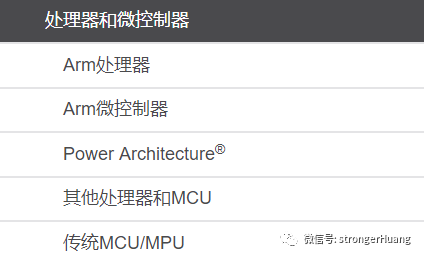
These five categories are further refined into many contents; here I will highlight a few typical ones.
1. Arm Processors
The ARM-based product portfolio offers extremely high integration, extensive software and hardware support, and comprehensive performance. Arm processors are divided into two categories:
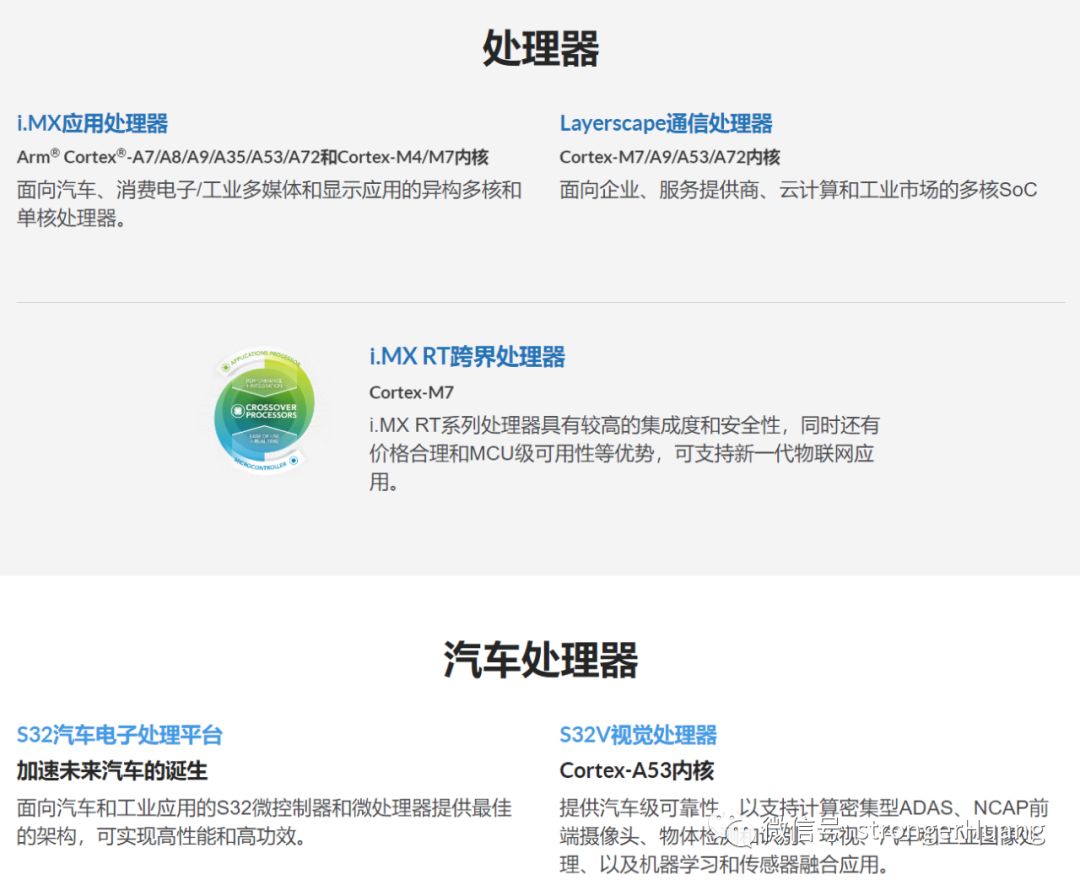
2. General-purpose Microcontrollers
NXP has a wide range of Arm microcontrollers, officially categorized into four types:
-
Microcontrollers
-
Automotive Microcontrollers
-
Wireless Connectivity Microcontrollers
-
Older Model Microcontrollers
Here, I will focus on the well-known general-purpose microcontrollers.NXP combines the advantages of Kinetis and LPC technologies, with general-purpose MCUs based on the Cortex®-M core, mainly including four categories:LPC800 Series: Value, entry-level, 8-bit alternatives;K32 L Series: Ultra-low power, optimized for low-power applications;LPC5500 Series: Mainstream efficiency, balancing integration, performance, and cost;i.MX RT Cross-Over Processors: Performance and integration, ultra-high performance, and memory scalability;
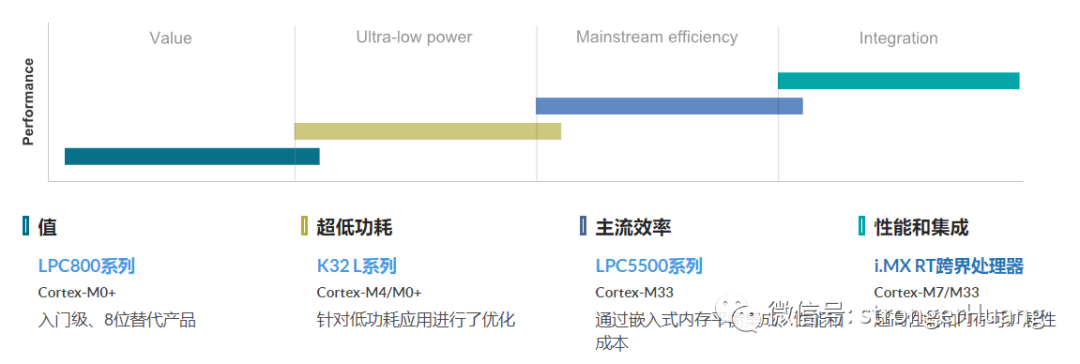
3. i.MX Application Processors
i.MX application processors are based on 32 and 64-bit Arm® technology, multi-core solutions suitable for multimedia and display applications, featuring high performance, low power, scalability, and security.
Includes five series:
-
i.MX RT Series
-
i.MX 8 Series
-
i.MX 7 Series
-
i.MX 6 Series
-
i.MX28 Series

i.MX RT Series Cross-Over MCUs
The i.MX RT series cross-over MCUs are the main focus here, with the recent 1GHz frequency RT1170 breaking the traditional low-speed of MCUs.
The i.MX RT series cross-over MCUs are further divided into multiple series:
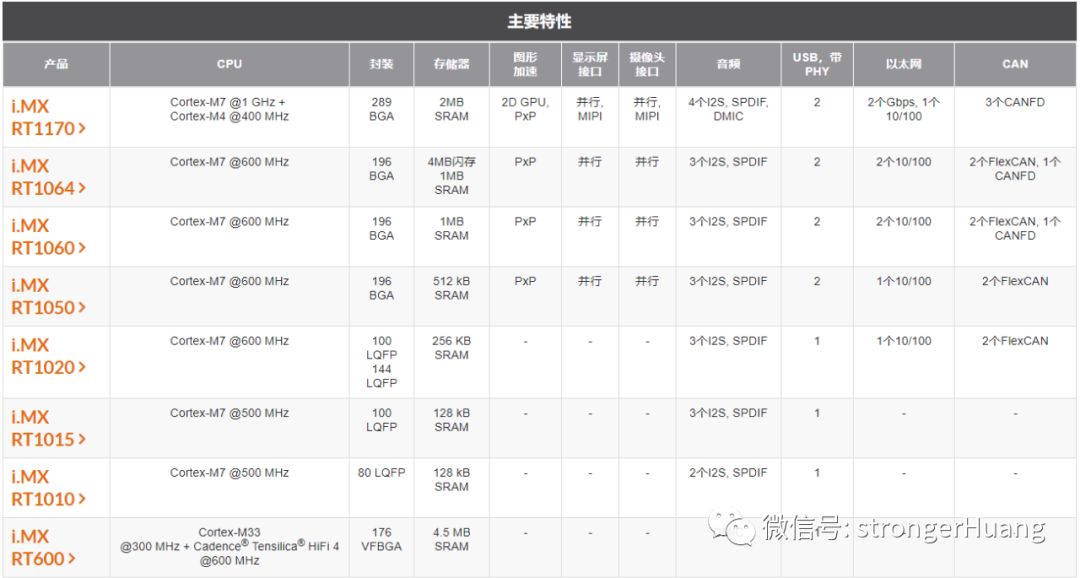
3. Microchip TechnologyMicrochip Technology Inc., established in 1989, acquired (the well-known) Atmel in 2016.Website:
www.atmel.com
www.microchip.com
Due to the acquisition, Microchip’s products include Atmel products, such as AVR microcontrollers.Microchip’s microprocessors are mainly divided into four categories:
-
8-bit MCUs
-
16-bit MCUs and DSCs
-
32-bit MCUs
-
32-bit MPUs
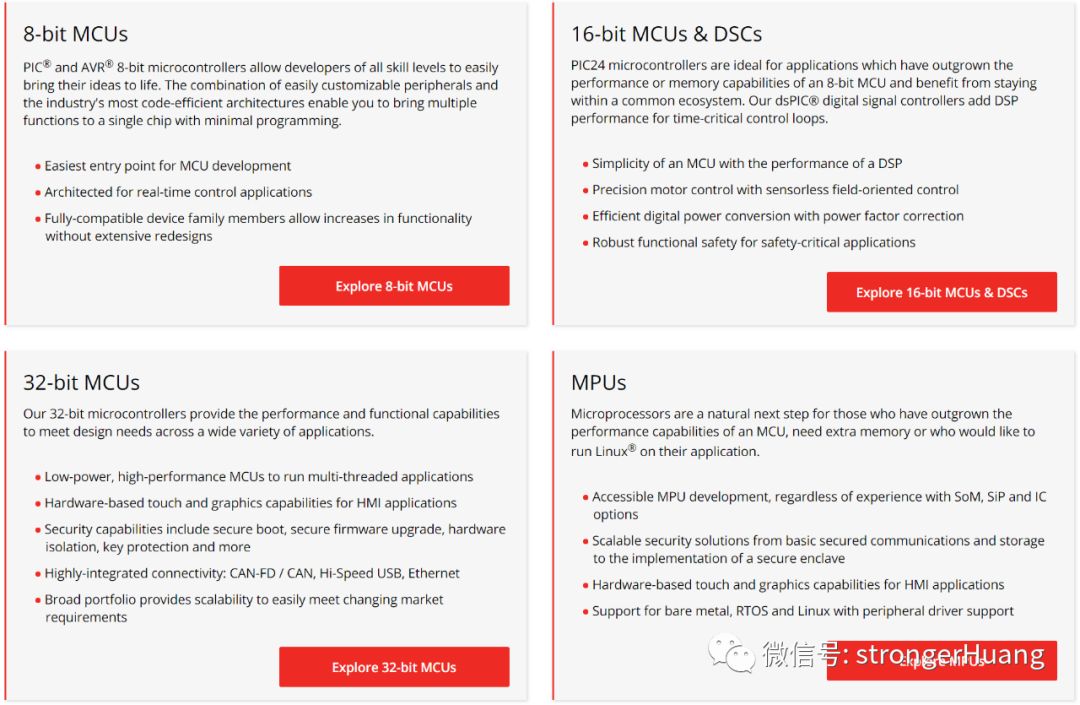
I have previously used several Microchip MCUs, and my impression is that they are stable, but the development environment is difficult to use, and the prices are relatively high.
1. 8-bit Microcontrollers
Microchip’s 8-bit microcontrollers mainly include two families: PIC and AVR.
Features:
-
The simplest entry point for MCU development
-
Designed for real-time control applications
-
Fully compatible device series members

2. 16-bit MCUs and DSCs
PIC24 microcontrollers are very suitable for applications that require performance or storage capabilities exceeding 8-bit MCUs.
Divided into two categories: PIC24 MCUs and dsPIC® DSCs. Includes: PIC24, dsPIC30, dsPIC33, etc.
Features:
-
MCUs with the simplicity of DSP performance
-
Precise motor control and sensorless field-oriented control
-
Efficient digital power conversion with power factor correction
-
Robust functional safety for critical safety applications
3. 32-bit MCUs
Microchip’s 32-bit microcontrollers offer higher performance.
Features:
-
Low power, high-performance MCUs capable of running multi-threaded applications
-
Hardware-based touch and graphics capabilities for HMI applications
-
Security features include secure boot, secure firmware upgrade, hardware isolation, key protection, etc.
-
Highly integrated connectivity: CAN-FD / CAN, high-speed USB, Ethernet
-
A wide product portfolio provides scalability to easily meet changing market demands
There are three different performance levels and multiple series:
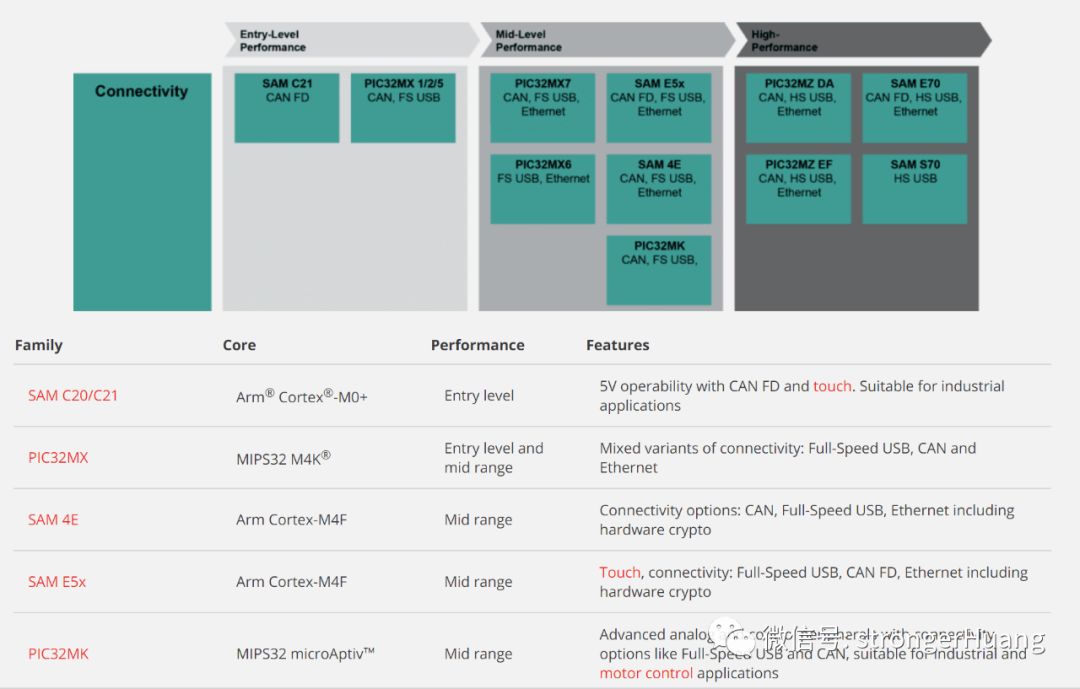
4. 32-bit MPUsMicrochip’s 32-bit microprocessors are also positioned as “high-end” MCUs capable of running Linux applications.Features:
-
Accessible MPU development, regardless of experience with SoM, SiP, and IC options
-
Scalable security solutions, from basic secure communication and storage to the implementation of secure areas
-
Hardware-based touch and graphics capabilities for HMI applications
-
Supports bare metal, RTOS, and Linux, with peripheral driver support
Newly launched MPU: SAM9X60
-
600MHz ARM926EJ-S core, 200MHz system/memory bus
-
24-bit LCD controller with a resolution of up to 1024×768
-
2D graphics engine, camera interface
-
Built-in Class D amplifier
-
13 FLEXCOMs (USART, SPI, and I²C)
4. Texas Instruments (TI)Texas Instruments, abbreviated as TI, is a leading global semiconductor company providing innovative digital signal processing (DSP) and analog device technologies for real-world signal processing.When it comes to TI, everyone is familiar with it; the once-popular MSP430 is still more popular than many products today.Website:www.ti.comTI mainly has 16-bit and 32-bit microcontrollers, website:
http://www.ti.com.cn/zh-cn/microcontrollers/overview.html
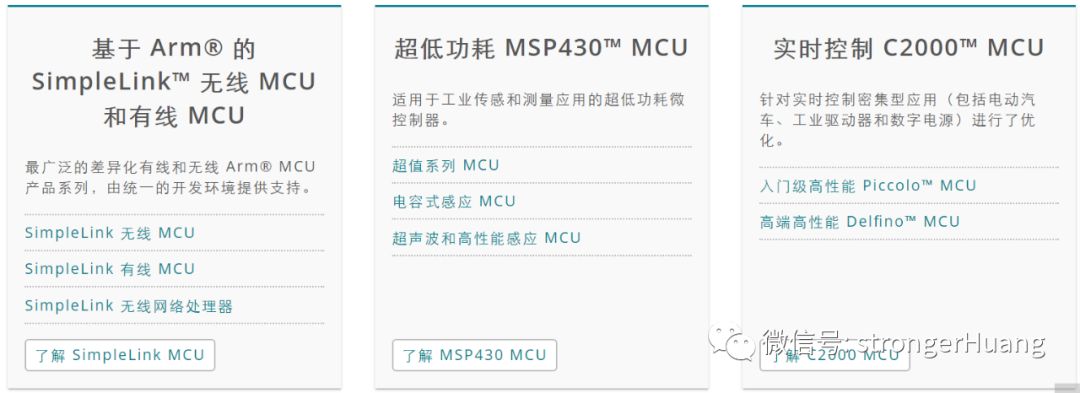
1. Arm®-based SimpleLink™ Wireless MCUs and Wired MCUsThose developing wireless products should have heard of TI’s products, which come with supporting tools.Divided into three categories:
-
SimpleLink Wireless MCUs
-
SimpleLink Wired MCUs
-
SimpleLink Wireless Network Processors
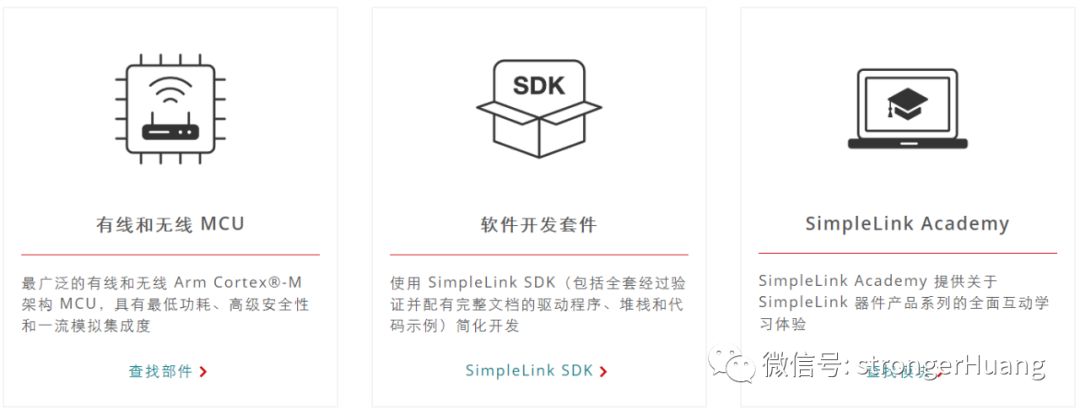
2. Ultra-low Power MSP430™ MCUsThis product is considered classic; at least in my age group (around 1990), everyone should know about it.Divided into three categories:
-
Value Series MCUs
-
Capacitive Sensing MCUs
-
Ultrasonic and High-Performance Sensing MCUs
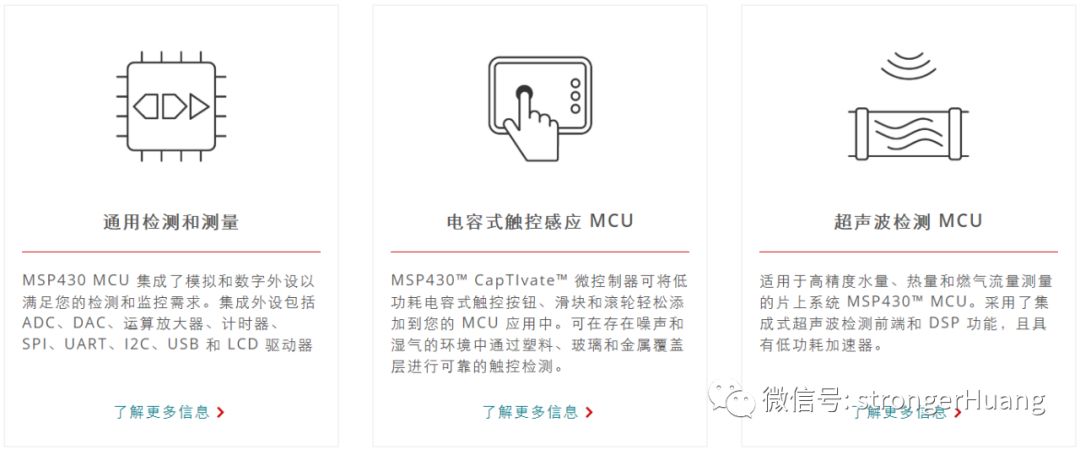
3. Real-Time Control C2000™ MCUsOptimized for real-time control-intensive applications (including electric vehicles, industrial drives, and digital power).Divided into two categories:
-
Entry-level High-Performance Piccolo™ MCUs
-
High-End High-Performance Delfino™ MCUs
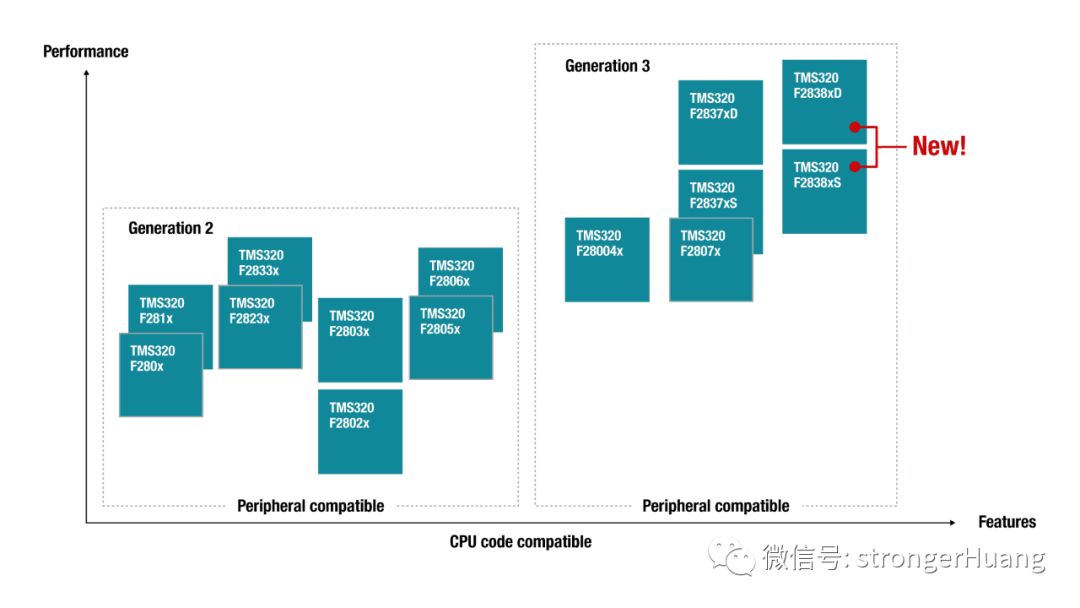
5. Renesas ElectronicsRenesas was established on April 1, 2003, through the merger of Hitachi’s semiconductor division and Mitsubishi Electric’s semiconductor division. Headquarters: Tokyo, Japan.Renesas Electronics’ MCUs can be divided into 8-bit, 16-bit, 32-bit, and 64-bit MCUs, website:
https://www2.renesas.cn/cn/zh/products/microcontrollers-microprocessors.html
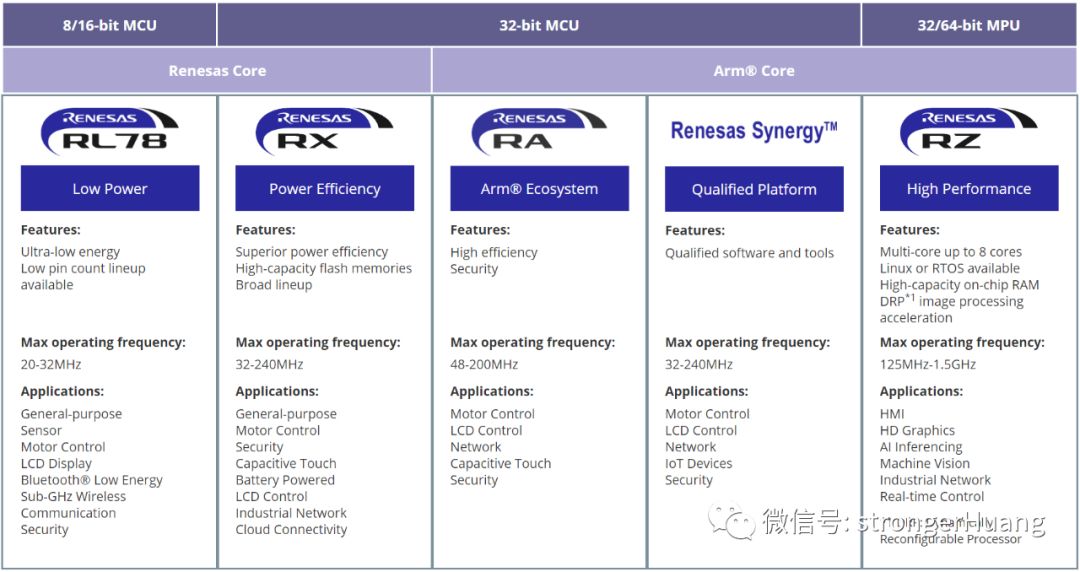
1. RL78 Series 8/16-bit Ultra-Low Power MCUs
Maximum operating frequency:
20-32MHz
Application range:
-
General-purpose
-
Sensors
-
Motor control
-
LCD displays
-
Low-power Bluetooth®
-
Sub-GHz wireless communication
-
Security
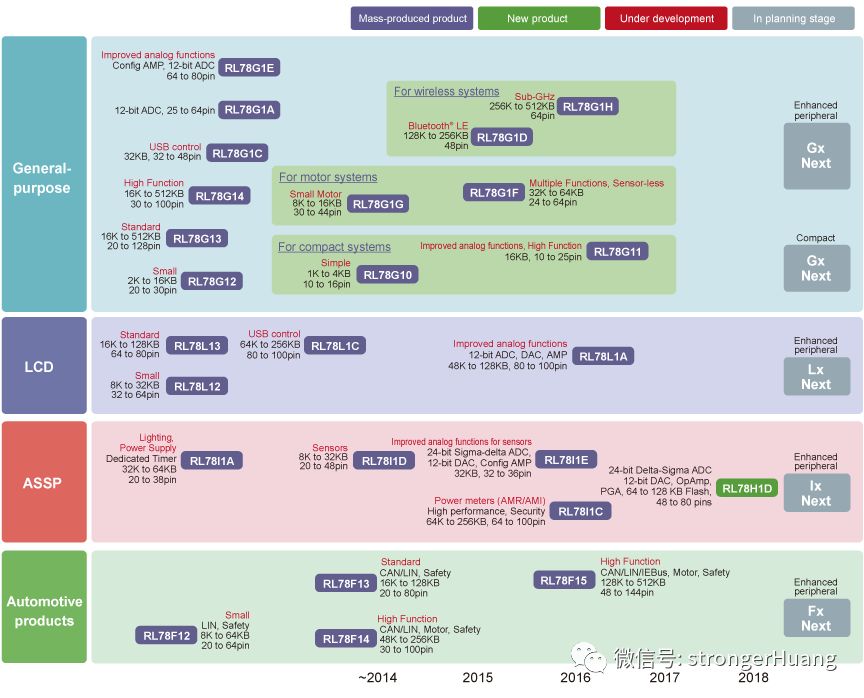
2. RX Series 32-bit High Power Efficiency MCUsMaximum operating frequency:32-240MHzApplication range:
-
General-purpose
-
Motor control
-
Security
-
Capacitive touch
-
Battery-powered
-
LCD control
-
Industrial networking
-
Cloud connectivity
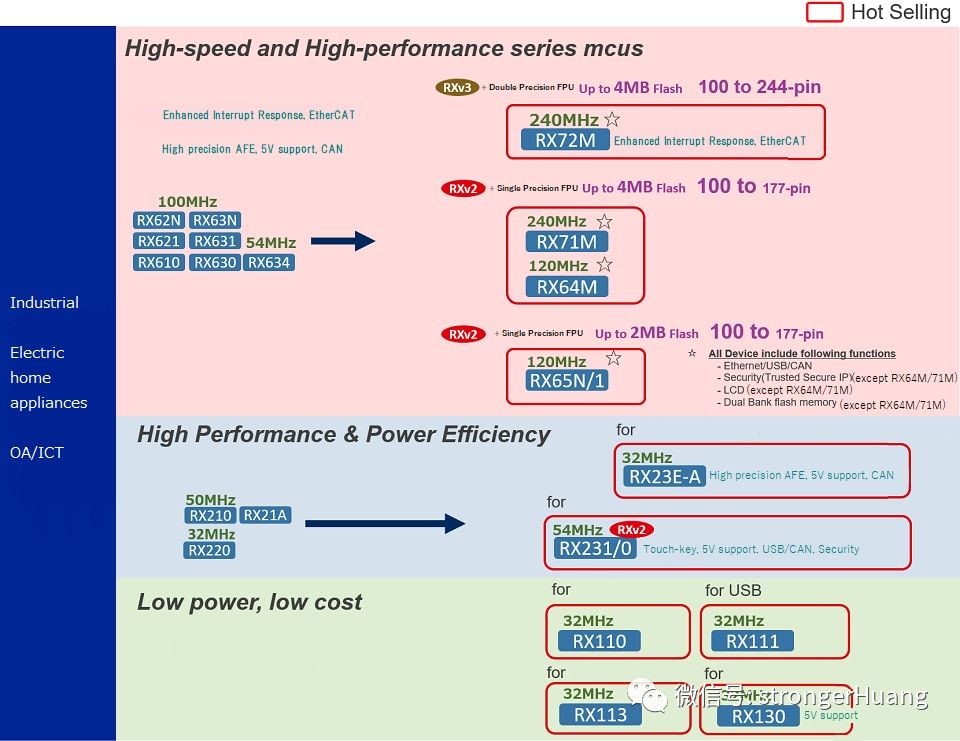
3. RA Series 32-bit MCUs with Arm® Cortex®-M CoreMaximum operating frequency:48-200MHzApplication range:
-
Motor control
-
LCD control
-
Networking
-
Capacitive touch
-
Security
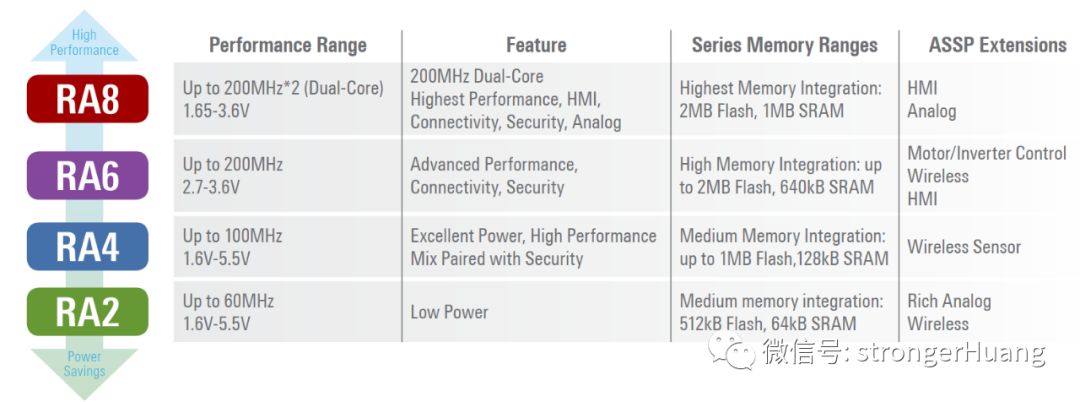
4. RZ Series High-End MPUs Based on 64-bit and 32-bit ArmMaximum operating frequency:125MHz to 1.5GHzApplication range:
-
Human-machine interface
-
High-definition graphics
-
Artificial intelligence inference
-
Machine vision
-
Industrial networking
-
Real-time control
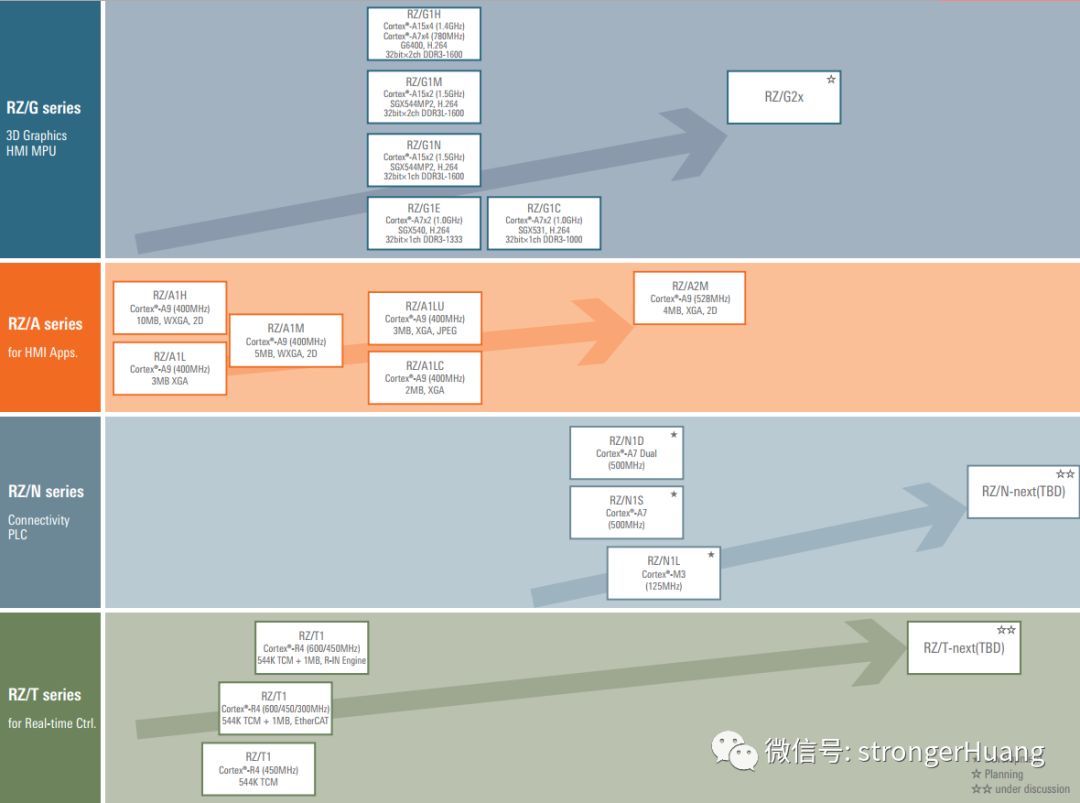

1.Free speaking opportunities are now open for application! Here, aim for the next wave of embedded technology “wind direction”
2.Review common GUIs in embedded systems: emWin, TouchGFX, MiniGUI, Qt, etc.
3.Disassemble Mate 30 Pro, a complete list of suppliers!
4.Minimalism in embedded software design
5.Offline “face recognition” can also be achieved with MCUs, which can be integrated into IoT applications!
6. In fact, embedded engineers can also use mini-programs to assist in development!

This article is from the personal WeChat public account “ID: strongerHuang”, published with the original author’s authorization. The original public account is carefully organized and maintained by embedded engineer “strongerHuang”. The content shared focuses on: Keil, IAR, STM8, STM32, μC/OS, FreeRTOS, CANOpen, ModBus…